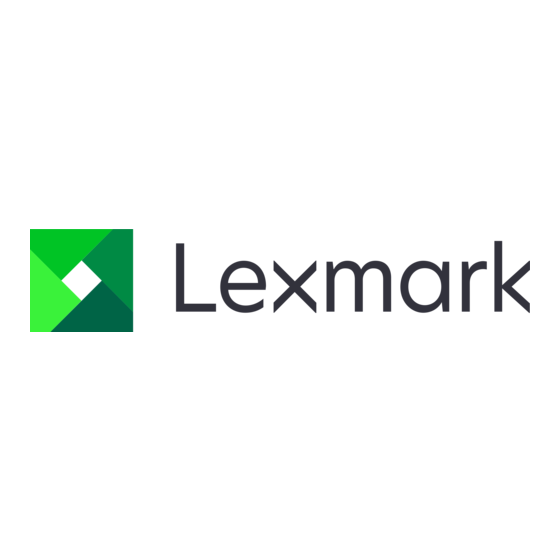

Lexmark J110 Reference Manual
Lexmark j110: reference guide
Hide thumbs
Also See for J110:
- Service manual (248 pages) ,
- User manual (132 pages) ,
- Setup manual (49 pages)
Table of Contents
Advertisement
Quick Links
Advertisement
Chapters
Table of Contents







Need help?
Do you have a question about the J110 and is the answer not in the manual?
Questions and answers